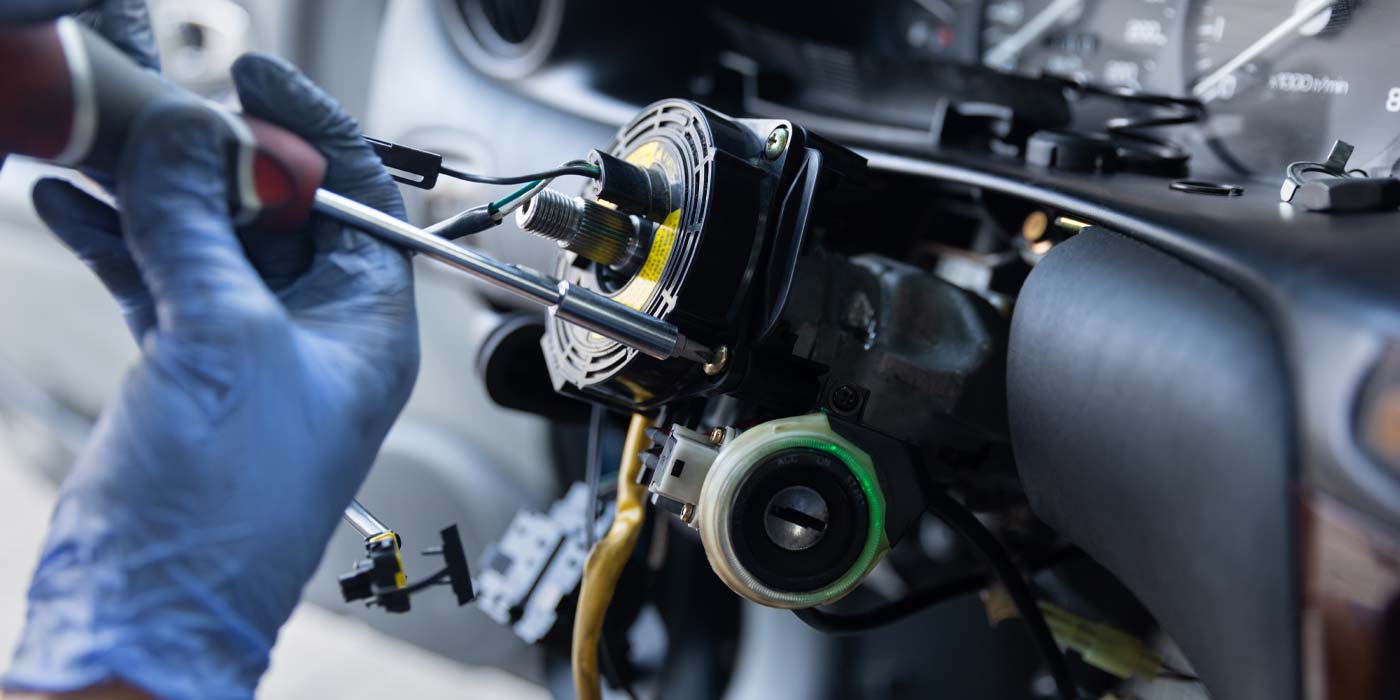Steering angle sensors (SAS) are critical components in modern vehicles, acting as the vital link between the driver’s steering input and the car’s electronic control systems. Installed within the steering column, these sensors continuously monitor the steering wheel’s position, rotation speed, and direction, converting these movements into precise electronic signals. This real-time data is indispensable for a range of advanced safety and driver assistance feature, referred to ADAS.

The primary function of a steering angle sensor is to determine exactly where and how the driver intends to steer, ensuring that the vehicle’s wheels respond accurately to steering wheel movements. The sensor uses technologies such as optical encoders or magnetic sensors to measure the angle and rate at which the steering wheel is turned, providing feedback that is accurate to within a fraction of a degree. For redundancy and reliability, SAS units typically contain multiple sensors in one package, allowing for self-diagnostics and error correction.
The importance of steering angle sensors extends far beyond basic steering control. They are integral to the operation of Electronic Stability Control (ESC), which uses SAS data to detect and correct skids or loss of control by selectively applying brakes to individual wheels. The sensor also supports Traction Control Systems (TCS), Anti-lock Braking Systems (ABS), and Electric Power Steering (EPS), all of which rely on accurate steering input to optimize vehicle stability, safety, and handling. Furthermore, advanced driver assistance systems (ADAS)—such as lane-keeping assist and adaptive cruise control—depend on SAS data to make real-time adjustments that enhance both safety and driving convenience.
SAS is crucial for modern vehicle alignments because they provide real-time data on the steering wheel’s angle and rate of rotation. Accurate SAS readings ensure that the vehicle’s wheels are properly aligned with the steering wheel position, maintaining safe and predictable handling. However, after any alignment or steering system service, the SAS must be recalibrated to ensure it delivers correct information, as misalignment or improper calibration can lead to false warnings, erratic vehicle behavior, or compromised safety features. This recalibration is considered a separate service because it requires specialized diagnostic tools and expertise to reset the sensor’s parameters, ensuring the vehicle’s electronic systems function as intended.
A malfunctioning steering angle sensor can compromise these safety systems, leading to warning lights, reduced stability, or unpredictable vehicle behavior. As vehicles become more reliant on electronic controls, the steering angle sensor’s role in maintaining safe, responsive, and intelligent driving grows ever more crucial, as well as the necessity for proper alignment and calibration.
Alignments at 106St – Corona are first come, first serve but you are welcome to schedule appointments at our Astoria location.